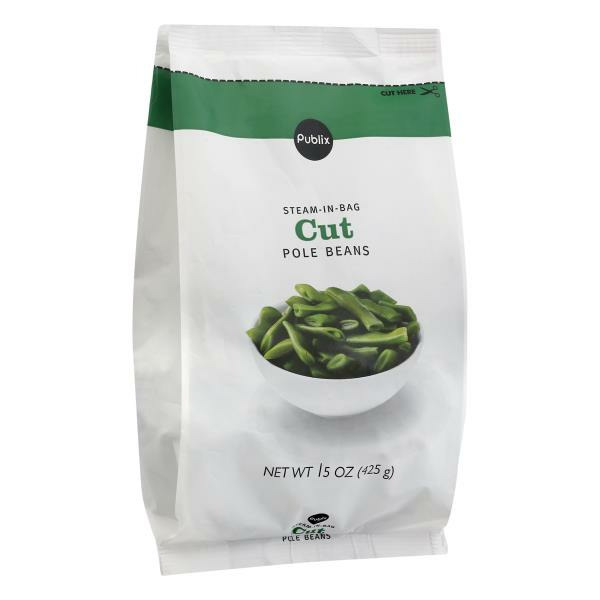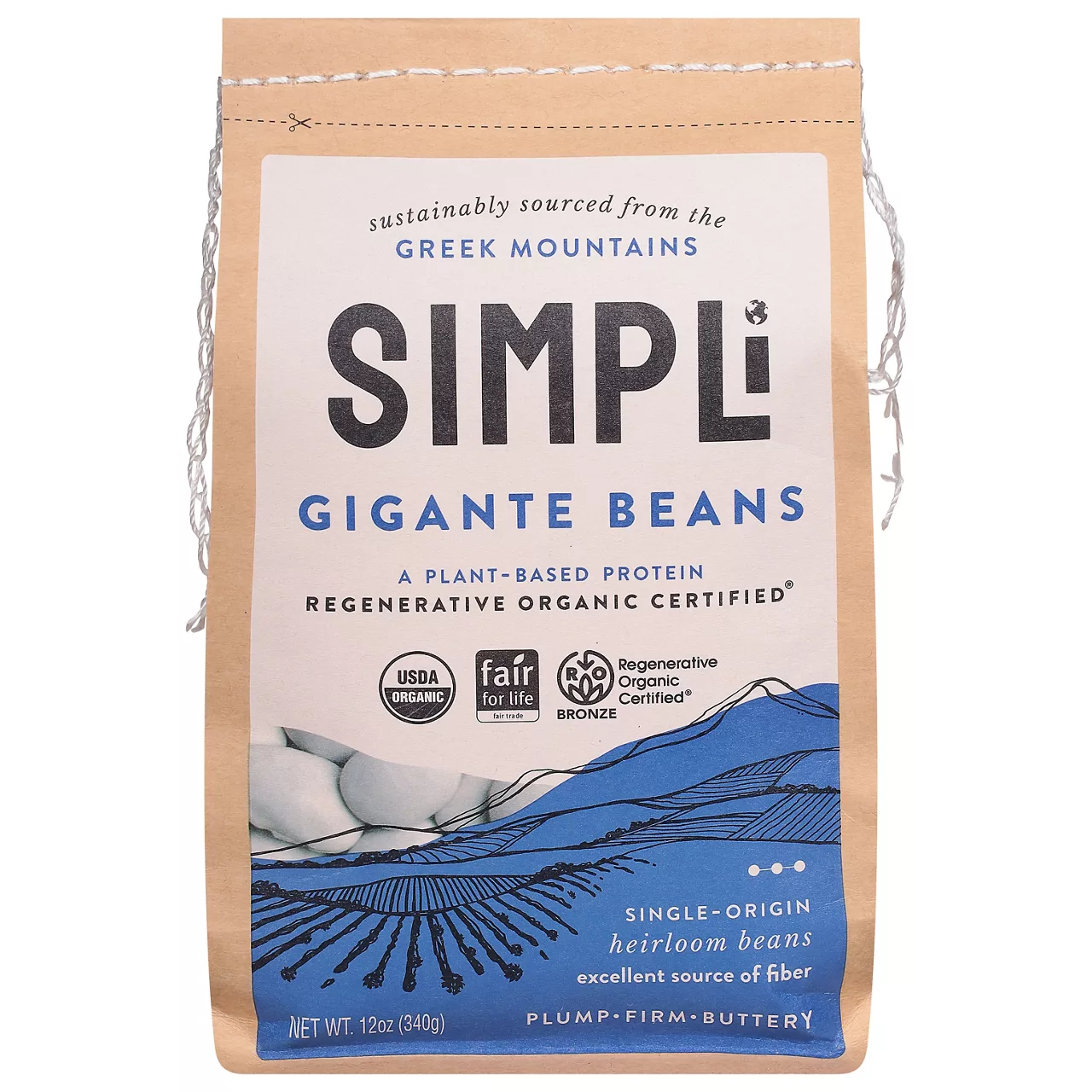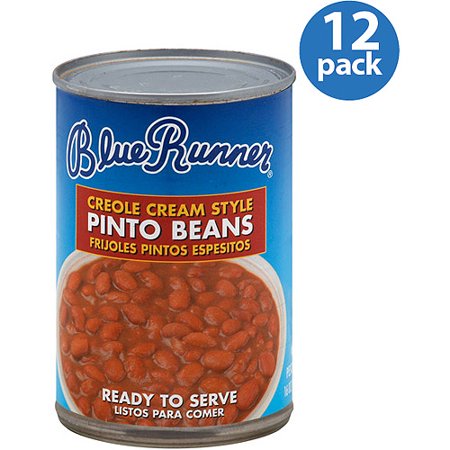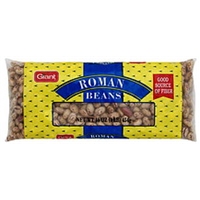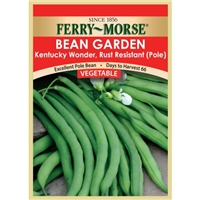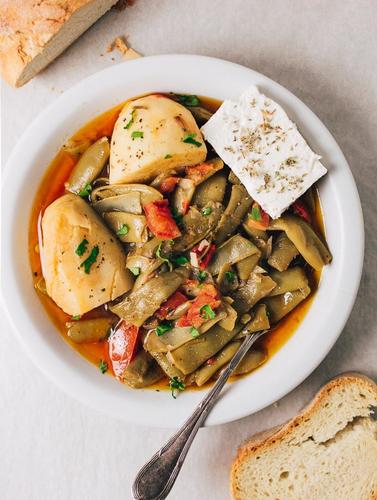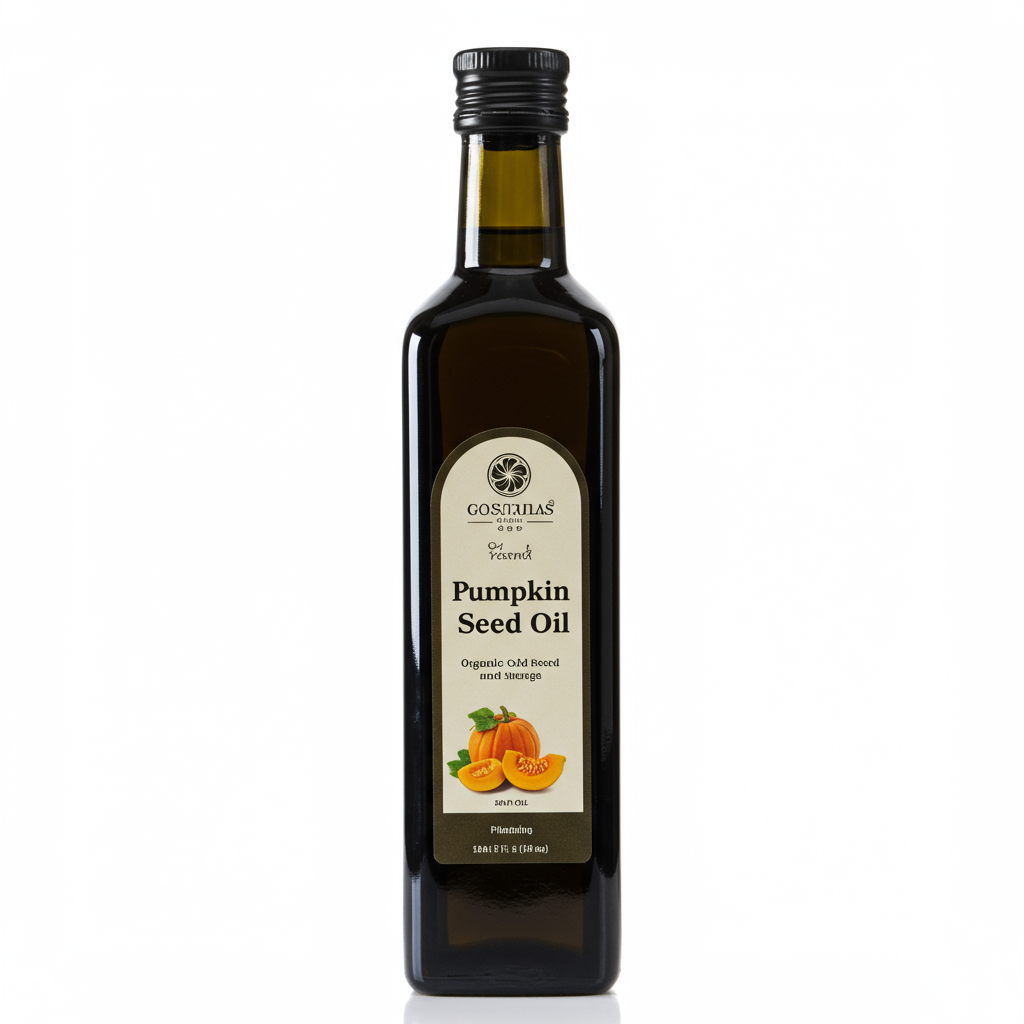SIDE DISHES
SALADS
MAIN DISHES
Runner Beans
Runner beans, also known as Phaseolus coccineus, are a long, flat, dark green variety of beans native to Central and South America. They are grown for their striking red or white flowers as well as their tender and flavorful pods, which are often eaten when they're young and soft. Runner beans are popular in British cuisine and provide an excellent source of fiber, vitamins, and minerals, making them a valuable addition to a healthy diet.
These versatile beans can be served raw, steamed, boiled, or sautéed and can be used as a side dish or incorporated into various recipes such as salads and stir-fries. To prepare runner beans, remove the stringy edges and rinse the pods under cold water. They can then be chopped into desired sizes and cooked to suit individual taste preferences. They pair well with a variety of seasonings and complementary ingredients, making them a staple in many home kitchens.
77%
CARBS
2%
FAT
20%
PROTEIN
22 Runner Beans Products
Publix Pole Beans, Cut, Steam-in-Bag
SIMPLi Regenerative Organic Certified ® Gigante Beans
Kroger Ky Pole Beans
Marx Foods, Scarlet Runner Beans, 24 Oz.
Blue Runner Bean Pinto Cream Style, 16 O
Gourmet Valley Heirloom Beans Scarlet Runner Beans, 12-Ounce Pouches (Pack Of 6)
Ahold, Roman Beans
Taste Specialty Foods White Runner Beans, 10-Pound
Vegetable seed Bean-KentuckyWonderPole
Romano Beans
Used In 1 Recipe
Runner Beans Are Frequently Used With
Runner Beans FAQ
When cooking with runner beans, many people commonly struggle with steps such as prepping the beans effectively, achieving the perfect texture, and figuring out the ideal cooking methods. Some tend to overcook them which results in a mushy texture, while undercooking can leave them slightly tough.
Maximizing the flavour and nutritional content of runner beans requires precise cooking techniques. Start with cleaning the beans thoroughly under cold water, snap off the ends, and carefully remove the stringy edges with a knife. To preserve the nutrient content and crunchy texture, avoid boiling for too long. Instead, opt for steaming or gently sautéing with a bit of oil.
A little-known tip to enhance the taste of runner beans is to match them with bold seasonings - their mild flavour makes them the ideal canvas for spices such as garlic, chili, and herbs like dill or mint. Also, pairing them with acidic ingredients like lemon or vinegar can brighten their flavor.
Another overlooked aspect is the use of the entire plant. Mature runner beans tend to get a bit fibrous and tough, but the seeds inside these pods are quite tender and flavorful. They can be shelled and cooked separately, or saved for planting in the next season.
How can I make runner beans taste better?
Can I eat runner beans raw?
How can I maintain the vibrant green color of runner beans when cooking?
Can I cook runner beans in a microwave?
What is the optimal size to chop runner beans for cooking?
Why are my cooked runner beans tough?
Can I shell and cook mature runner beans?
Do runner beans give gas or cause bloating?
Can runner beans be frozen for future use?
Is it necessary to remove the strings from runner beans?
Expiration & Storage Tips
When does runner beans expire?
Runner beans are best consumed when they are at their freshest, generally within a week of purchase from your local market. Once harvested, runner beans will typically last for about 7 to 10 days in the refrigerator. If unopened and properly stored, a package of frozen runner beans can last up to 14 months past their printed date. Once the package of frozen beans is opened, they should remain high quality for about 4 to 5 months. If you've cooked your runner beans, leftovers can keep for 3 to 5 days in the fridge.
How do you tell if runner beans is bad?
When runner beans have gone bad, they will usually become slimy, develop dark spots or start to mold. The rich green color might fade or turn yellow or brown. Their crisp texture will soften and they might start to smell sour or rotten. If you see any of these signs, it's better to discard the beans rather than risk food poisoning.
Tips for storing runner beans to extend shelf life
• Always store your fresh runner beans in the refrigerator. To extend their freshness, wrap them loosely in a damp paper towel and place them in a perforated plastic bag. This will allow the beans to breathe and prevent them from becoming damp and slimy.
• If you want to keep fresh runner beans for longer, you can blanch and freeze them. To do this, boil them for two minutes, then immediately plunge them into ice water to stop the cooking process. Once cooled, dry the beans thoroughly and place them in freezer bags.
• Leftover cooked beans should be stored in airtight containers in the refrigerator to prevent bacteria growth. If you don't plan on eating them within a few days, freeze the leftovers instead.
• When defrosting frozen beans, you can either place them in the refrigerator overnight or directly cook them frozen for most recipes.
EXPIRES WITHIN
19 - 29
MONTHS
Health Info
Macros
10g
CARBS
0g
FAT
2g
PROTEIN
Allowed on these diets
LOW FAT
HIGH CALCIUM
VEGETARIAN
MEDITERRANEAN
LOW CARB
VEGAN
LACTOSE FREE
GLUTEN FREE

